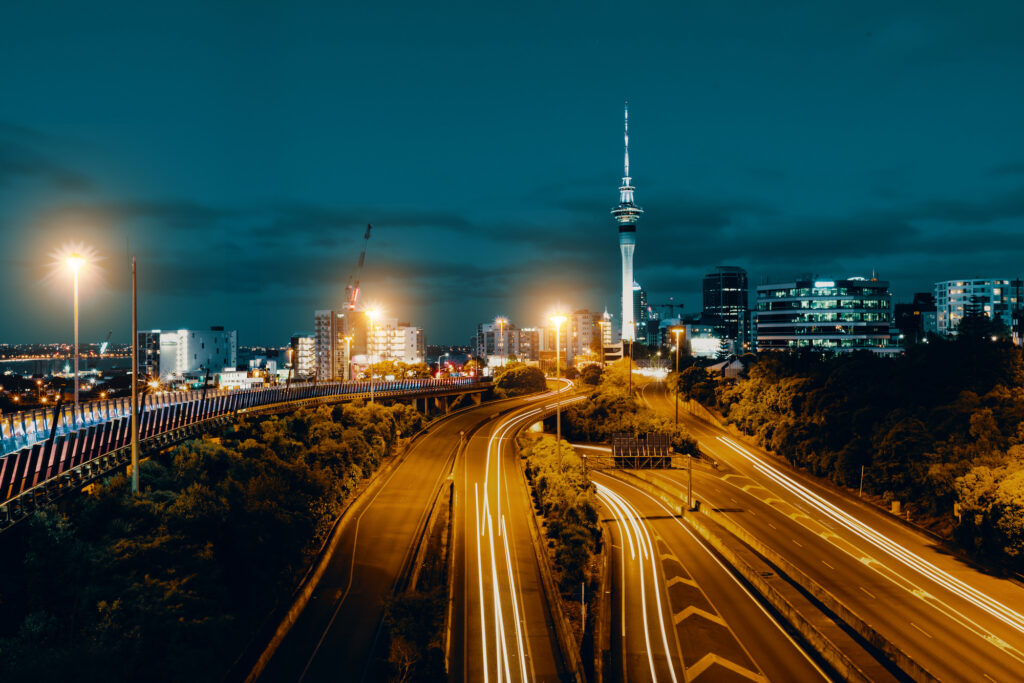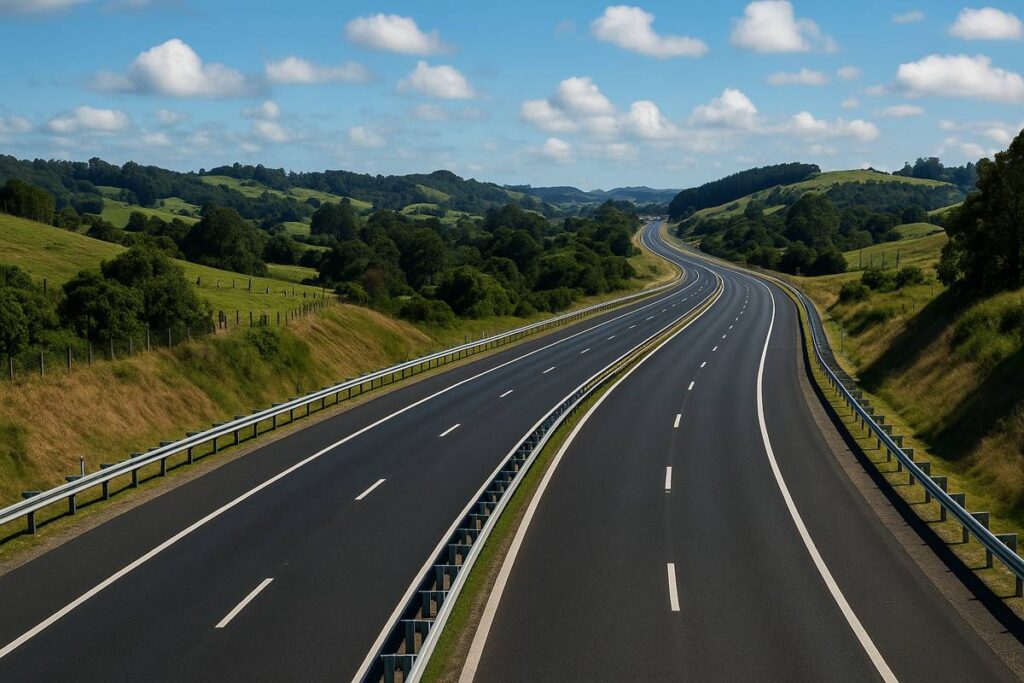In a significant leap forward for one of New Zealand’s most ambitious infrastructure ventures, the government has announced the shortlist of bidders for the next phase of the Northern Expressway, a transformative, multi-billion-dollar project designed to unlock economic growth and reshape connectivity between Auckland and Northland.
With a projected cost of NZD $5.9 billion, the project represents not only a major investment in transport infrastructure but also a bold step toward regional integration and resilience. The expressway will ultimately form a critical part of New Zealand’s State Highway 1 upgrade, enhancing connectivity along the country’s main north–south corridor and bridging a long-standing infrastructural divide between the Northland region and the economic powerhouse of Auckland.
Transport Minister Chris Bishop confirmed that three international consortiums have been shortlisted to deliver the Warkworth-to-Te Hana section of the Northern Expressway, a 26km stretch comprising complex civil engineering features and long-term maintenance commitments under a Public-Private Partnership (PPP) model.
The shortlisted bidders are:
- Northway – comprising Spanish infrastructure giant Acciona, known for its sustainability-focused projects, and Global Sustainable Infrastructure (UK), a firm specialising in long-term investment in green infrastructure assets.
- Go>North – a Franco-British-Kiwi partnership led by Vinci Highways, Vinci Grands Projets, and Vinci GeoInfrastructure (France), in collaboration with global infrastructure investor John Laing (UK) and local construction heavyweight HEB Construction (New Zealand).
- Together North – an international team bringing together Italy’s engineering titan Webuild, Malaysia’s tunnelling and transport leader Gamuda Engineering, and three major Australian firms: Plenary Origination, WBCA, and Service Stream Holdings.
All three consortia bring significant global experience in delivering large-scale transportation infrastructure, with past projects spanning Europe, Southeast Asia, the Middle East, and Australasia.
- A 26-kilometre four-lane highway, designed to provide a faster, safer, and more resilient route between Warkworth and Te Hana;
- An 850-metre twin-bore tunnel through the Dome Valley, one of the most challenging terrains on the North Auckland route;
- Major interchange construction at Warkworth, Wellsford, and Te Hana to improve access and reduce bottlenecks;
- Environmental mitigation measures and engineering resilience to address natural risks such as landslides and flooding.
The expressway’s strategic importance lies in its potential to relieve pressure on State Highway 1, reduce travel times for freight and personal vehicles, and provide a safer, more reliable route connecting Auckland with the rapidly developing Northland region. Once completed, the entire Northern Express route will become a cornerstone of the Upper North Island Supply Chain, enhancing logistics, supporting tourism, and enabling economic decentralisation from Auckland.
Transport Minister Bishop highlighted the strong interest from globally recognised players as evidence of the project’s strategic and commercial appeal.
“The shortlisted consortiums are all well positioned to deliver a high-quality motorway that will boost regional resilience, enhance road safety and travel reliability, and strengthen vital connections for freight, tourism and everyday drivers,” Bishop said.
Indeed, the shortlisting marks the culmination of a rigorous evaluation process. Over the coming months, these consortiums will participate in an extensive competitive dialogue phase, during which they will develop detailed bids that address technical design, financial structuring, risk management, and long-term asset performance.
A preferred bidder is expected to be announced by early 2026, with construction commencing later that year.
The expressway is not just a transportation upgrade, it is an economic catalyst. Northland has long lagged behind other regions in infrastructure investment, and its growth has been constrained by limited access to Auckland and key ports. The completion of the Northern Expressway will help unlock land for housing, attract businesses, and make the region more accessible to both domestic and international tourists.
Economists estimate the project could deliver billions in indirect economic benefits over the next 20 years, particularly in freight efficiency, reduced vehicle operating costs, and increased tourism spending.

Local councils and iwi groups have cautiously welcomed the announcement, noting that while improved infrastructure is vital, the process must also respect environmental and cultural values in the region, especially in areas near sensitive native bush and Māori heritage sites.
Each consortium includes at least one New Zealand-based partner, ensuring that local expertise and employment are integral to the delivery. At the same time, the presence of seasoned international firms brings world-class technical capabilities and access to global finance.
Acciona, for example, has led renewable energy and infrastructure projects across Europe and Latin America, with a strong focus on environmental sustainability. Webuild recently completed the Brenner Base Tunnel between Austria and Italy, one of Europe’s largest civil works. Vinci, meanwhile, is renowned for its leadership in highway concessions, airports, and rail projects worldwide.
By leveraging this blend of global know-how and local knowledge, the project aims to set a new benchmark for integrated transport infrastructure in New Zealand.
The coming months will see detailed engagement between the government, advisors, and the shortlisted bidders as part of a competitive dialogue procurement model. This process is designed to ensure the final contract balances value for money, technical innovation, and community outcomes.
In parallel, early preparatory works, such as land acquisition, geotechnical investigations, and environmental assessments, will continue in the Warkworth to Te Hana corridor.
With completion expected in the early 2030s, the Northern Expressway stands as a generational project, one that could redefine the geography of development in New Zealand’s upper North Island.



